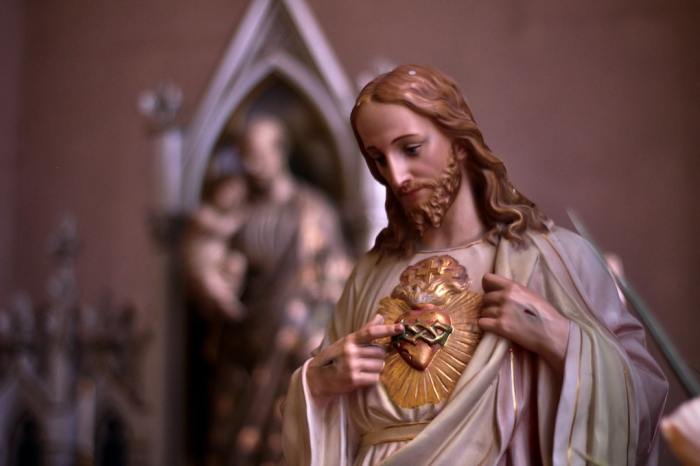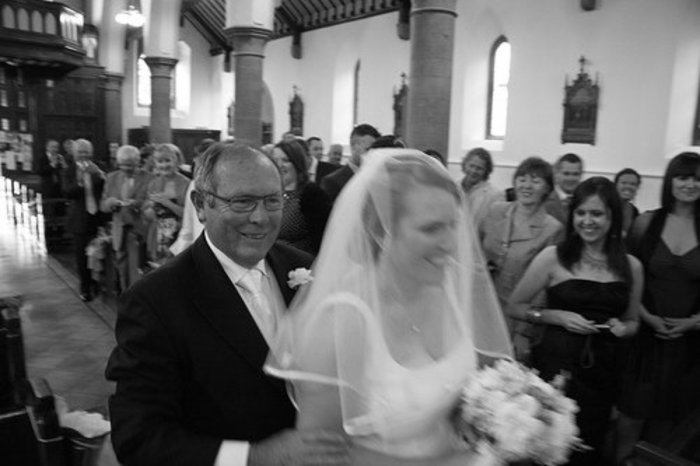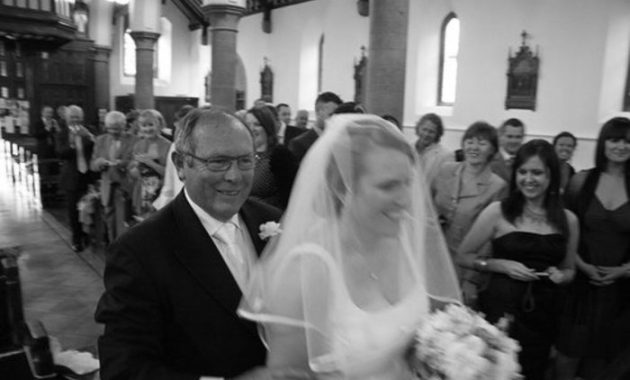Catholic Wedding Attire: A Guide for Guests
Dress code for catholic wedding – Attending a Catholic wedding requires understanding the traditional expectations surrounding attire. This guide provides comprehensive information on appropriate dress for various guests, roles, and situations, ensuring you participate respectfully and elegantly.
General Guidelines for Catholic Wedding Attire

Source: wedbuddy.com
Catholic weddings, often held in churches, traditionally call for more formal attire than other types of celebrations. The level of formality may vary depending on the couple’s preferences and the time of day, but generally, a respectful and modest approach is expected.
Catholic weddings often have a more traditional dress code, generally leaning towards modest attire. However, if the wedding has a “country formal” theme, the appropriate level of formality shifts. For guidance on what constitutes appropriate attire in this specific context, you might find the information at country formal wedding guest dress helpful. Remember to always consider the overall tone and location of the Catholic ceremony when making your final decision.
Appropriate attire choices consider age, relationship to the couple, and the setting. Fabrics should be suitable for a church environment, avoiding anything too revealing or casual. Consider fabrics like linen, cotton, silk, or wool for dresses and suits.
| Attire Item | Appropriate Example | Inappropriate Example | Reason |
|---|---|---|---|
| Dress (Women) | Knee-length or longer cocktail dress or a formal dress | Mini dress, revealing neckline, or overly casual sundress | Maintains modesty and respect for the religious setting. |
| Suit (Men) | Suit and tie, or a tuxedo if the invitation specifies black-tie | Jeans and a t-shirt, shorts, or athletic wear | Demonstrates respect for the formality of the occasion. |
| Shoes | Closed-toe shoes or elegant sandals (women), polished dress shoes (men) | Flip-flops, sneakers, or boots unsuitable for formal attire | Complements the overall formal look and maintains a respectful appearance. |
| Accessories | Subtle jewelry, a clutch or small handbag (women), a watch or pocket square (men) | Overly flashy or distracting jewelry, large or cumbersome bags | Keeps the focus on the wedding ceremony and the couple. |
Attire for Specific Roles in a Catholic Wedding

Source: shunvogue.com
Specific roles within a Catholic wedding often dictate attire expectations. Understanding these expectations ensures everyone is appropriately dressed for their participation.
- Bride and Groom: Traditionally, the bride wears a formal wedding gown, and the groom wears a tuxedo or suit.
- Bridesmaids and Groomsmen: Attire varies based on formality. Bridesmaids may wear matching dresses, while groomsmen typically wear suits or tuxedos.
- Parents and Grandparents: Parents and grandparents generally wear formal or semi-formal attire, such as suits and dresses. Consider the overall wedding formality when selecting attire.
- Officiants and Readers: Officiants often wear clerical attire. Readers should dress in semi-formal attire that is respectful of the religious setting; a suit or dress is generally appropriate.
Addressing Cultural and Seasonal Considerations, Dress code for catholic wedding

Source: hubstatic.com
Cultural traditions and seasonal changes can influence appropriate attire. Adapting clothing choices to reflect these factors demonstrates sensitivity and respect.
| Cultural Context | Season | Appropriate Attire | Considerations |
|---|---|---|---|
| Hispanic Wedding | Summer | Light-colored linen suits for men, elegant knee-length or floor-length dresses for women | Consider vibrant colors and potentially more elaborate embroidery or details. |
| Irish Wedding | Winter | Darker colored suits for men, elegant long-sleeved dresses for women, perhaps incorporating traditional elements | Account for colder weather and potentially adjust fabric choices for warmth. |
| Outdoor Ceremony | Any Season | Comfortable yet elegant attire that accounts for weather conditions (light fabrics for summer, warm layers for winter) | Choose attire that’s both stylish and practical for the outdoor setting. |
Handling Attire-Related Etiquette Challenges
Addressing attire concerns requires tact and diplomacy. Handling such situations gracefully ensures a positive experience for everyone.
- Addressing Inappropriate Attire: A discreet and private conversation is recommended. Focus on the overall formality of the event, rather than criticizing the guest’s choice.
- Guests with Physical Limitations: Be understanding and accommodating. Offer suggestions that respect their limitations without compromising the overall wedding aesthetic.
- Handling Dress Code Inquiries: Provide clear and concise guidelines in advance. If guests have questions, answer them promptly and politely.
- Common Question: “Is there a dress code?” Suggested Response: “Yes, we encourage semi-formal attire. More details are included in the invitation.”
- Common Question: “Can I wear [specific item]?” Suggested Response: “While [specific item] might be acceptable, [suggest an alternative] would be more appropriate for the formality of the event.”
Visual Representations of Appropriate Attire
Visualizing appropriate attire for different levels of formality helps clarify expectations.
Formal Wedding Attire (Men): A dark-colored tuxedo with a bow tie, polished dress shoes, and minimal jewelry. Fabrics such as wool or silk are suitable.
Formal Wedding Attire (Women): A floor-length gown in a sophisticated color, with elegant heels and subtle jewelry. Fabrics such as silk, satin, or lace are common choices.
Semi-Formal Wedding Attire (Men): A dark-colored suit with a tie, dress shoes, and minimal accessories. Fabrics such as wool or linen are appropriate.
Semi-Formal Wedding Attire (Women): A knee-length or midi-length dress or skirt and top combination, with dress shoes and understated accessories. Fabrics like cotton, silk, or a silk blend are suitable.
Quick FAQs: Dress Code For Catholic Wedding
What if I’m unsure about the formality level?
If the invitation doesn’t specify a dress code, it’s best to contact the wedding party or a close friend of the couple for clarification. Generally, Catholic weddings lean towards semi-formal or formal attire.
Are there any specific colors to avoid?
While there aren’t strict rules about color, it’s generally advisable to avoid white (to avoid overshadowing the bride) and excessively revealing or brightly colored attire.
What if I have a religious objection to certain attire requirements?
If you have a sincere religious objection, respectfully communicate your concerns to the wedding party. They may be able to offer alternatives or accommodations.
What about head coverings?
For women, head coverings are traditionally worn in some Catholic churches, though this is less common now. If you’re unsure, observe other female guests upon arrival.

